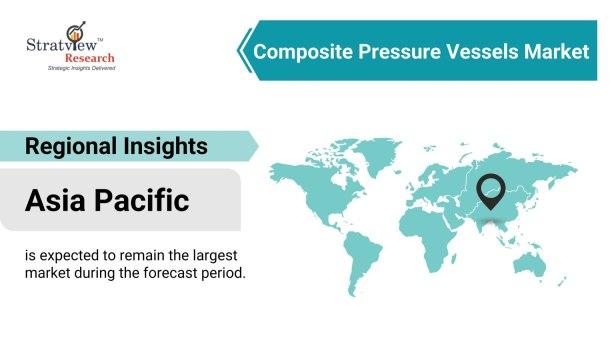The Composite Pressure Vessels Market is segmented by Application Type (Life Support, Transportation, Recreational, Gas Carrier & Storage, and Others), Pressure Vessel Type (Type II, Type III, and Type IV), and Region (North America, Europe, Asia-Pacific, and the Rest of the World).
Revolutionizing Industries: The Composite Pressure Vessels Market
Composite pressure vessels are transforming multiple industries by offering lightweight, durable, and efficient solutions for storing gases and liquids under pressure. These vessels, made from advanced composite materials like carbon fiber, fiberglass, and resins, have found applications in sectors ranging from aerospace and automotive to renewable energy and chemical processing.
One of the primary advantages of composite pressure vessels is their weight reduction compared to traditional metal alternatives. This weight savings leads to improved fuel efficiency in transportation, making composite vessels a game-changer for the automotive and aerospace industries. Lightweight composite pressure vessels also enhance the performance of electric vehicles, as they can store hydrogen or compressed natural gas efficiently, extending the range and reducing emissions.
Moreover, these vessels are corrosion-resistant, ensuring a longer lifespan and lower maintenance costs. This feature is particularly valuable in aggressive environments such as the chemical industry, where traditional metal vessels are prone to corrosion.
In the renewable energy sector, composite pressure vessels play a pivotal role in storing gases like hydrogen, critical for energy storage and fuel cells. Their lightweight and robust construction are driving innovations in green technologies.
In essence, the composite pressure vessels market is revolutionizing industries, offering solutions that improve efficiency, reduce costs, and contribute to a more sustainable future. As technology continues to advance, we can expect these vessels to play an even more prominent role across various sectors.
